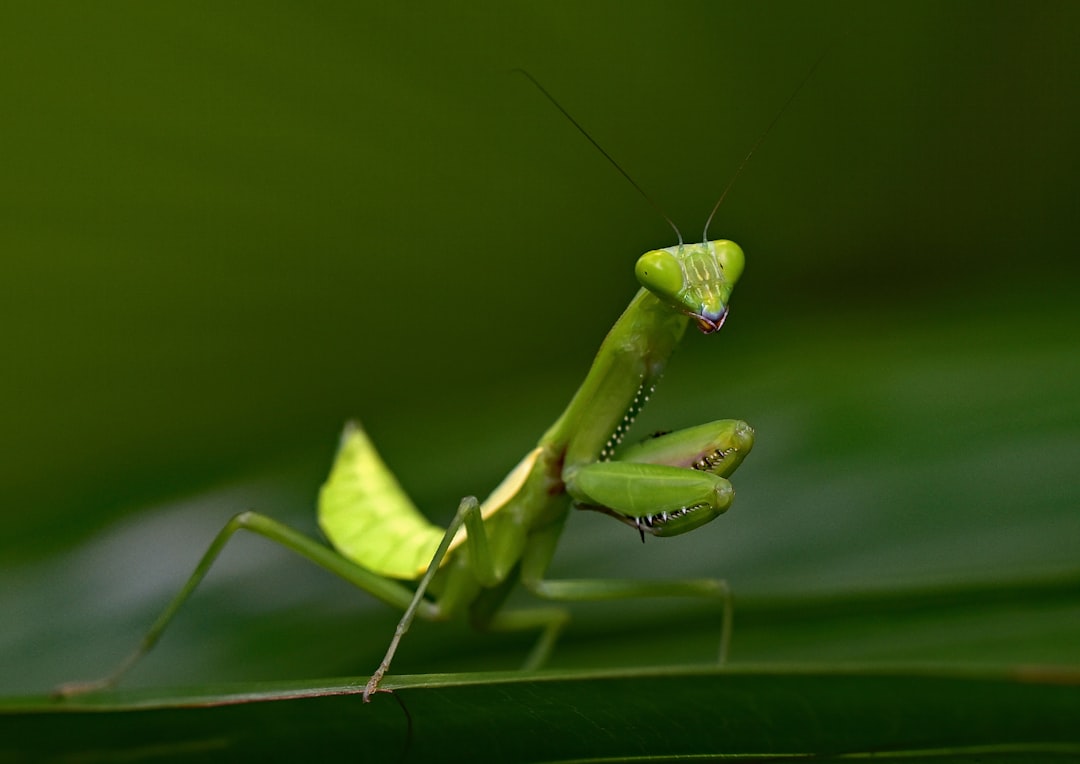Agricultural production worldwide faces a significant challenge from insect pests, which cause substantial losses in crop yield and quality. Grains, fruits, and vegetables—the cornerstone of global food security—are particularly vulnerable to infestations. This article explores common insect pests affecting these crops and highlights sustainable management strategies to mitigate their impact.
1. Major Insect Pests of Grains
a) Rice (Oryza sativa)
- Brown Planthopper (Nilaparvata lugens): These insects feed on rice sap, causing "hopper burn," leading to stunted growth and plant death.
- Rice Stem Borer (Scirpophaga incertulas): Larvae bore into rice stems, resulting in "dead hearts" and "white heads."
b) Wheat (Triticum aestivum)
- Aphids (Sitobion avenae): These sap-sucking insects cause reduced photosynthesis and transmit barley yellow dwarf virus.
- Hessian Fly (Mayetiola destructor): Larvae feed on young plants, weakening the stems and reducing grain production.
c) Maize (Zea mays)
- Fall Armyworm (Spodoptera frugiperda): A voracious pest that feeds on maize leaves, tassels, and cobs.
- Corn Rootworm (Diabrotica spp.): Damages roots, leading to lodging and reduced nutrient uptake.
2. Major Insect Pests of Fruits
a) Apples (Malus domestica)
- Codling Moth (Cydia pomonella): Larvae tunnel into apples, causing significant fruit damage.
- Apple Maggot (Rhagoletis pomonella): Adult flies lay eggs in the fruit, and emerging larvae feed inside, making the apples unsellable.
b) Citrus (Citrus spp.)
- Citrus Leafminer (Phyllocnistis citrella): Larvae create tunnels in leaves, reducing photosynthetic activity.
- Asian Citrus Psyllid (Diaphorina citri): A vector for Huanglongbing (citrus greening disease), a devastating disease in citrus production.
3. Major Insect Pests of Vegetables
a) Tomatoes (Solanum lycopersicum)
- Tomato Hornworm (Manduca quinquemaculata): Large caterpillars that defoliate plants and damage fruits.
- Whiteflies (Bemisia tabaci): Cause direct feeding damage and spread viral diseases like Tomato Yellow Leaf Curl Virus.
b) Brassicas (e.g., Cabbage, Broccoli)
- Cabbage Worm (Pieris rapae): Larvae feed on leaves, leaving holes and reducing marketability.
- Diamondback Moth (Plutella xylostella): Feeds on foliage, severely impacting yields.
Sustainable Management Strategies
With increasing concerns over pesticide resistance, environmental degradation, and food safety, sustainable pest management has become critical. Here are some effective strategies:
1. Integrated Pest Management (IPM)
- Cultural Control: Rotate crops to disrupt pest life cycles, use resistant varieties, and adjust planting dates to avoid peak pest activity.
- Mechanical Control: Employ traps, barriers, and manual removal to reduce pest populations.
- Biological Control: Introduce natural predators or parasitoids such as lady beetles, predatory mites, and parasitic wasps.
- Chemical Control: Use biopesticides like neem oil or Bacillus thuringiensis (Bt) selectively and as a last resort to minimize environmental impact.
2. Habitat Management
- Create habitats for beneficial insects by planting hedgerows and cover crops.
- Use "push-pull" technology, where companion plants repel pests (push) while trap crops attract them (pull).
3. Monitoring and Early Detection
- Use pheromone traps and sticky traps for early pest detection.
- Regularly scout fields to identify infestations early and intervene promptly.
4. Breeding and Biotechnology
- Develop and adopt pest-resistant crop varieties through traditional breeding or genetic engineering.
- Utilize Bt crops, which produce proteins toxic to specific pests, reducing reliance on chemical pesticides.
5. Sustainable Soil and Water Management
- Maintain healthy soil to promote robust plant growth, which can better withstand pest pressures.
- Avoid over-irrigation, as moist conditions often favor pest proliferation.
Conclusion
Managing insect pests sustainably is vital for ensuring global food security while preserving the environment. By adopting integrated approaches that combine cultural, mechanical, biological, and chemical controls, farmers can effectively reduce pest populations and minimize damage to crops. Governments, researchers, and agricultural extension services must work together to promote sustainable practices and equip farmers with the knowledge and tools needed to tackle pest challenges. Through collective effort, we can achieve resilient, productive, and eco-friendly agricultural systems.

Comments
No comments yet. Be the first to comment!
You must be logged in to comment. Login